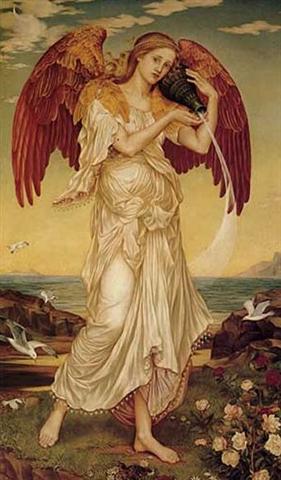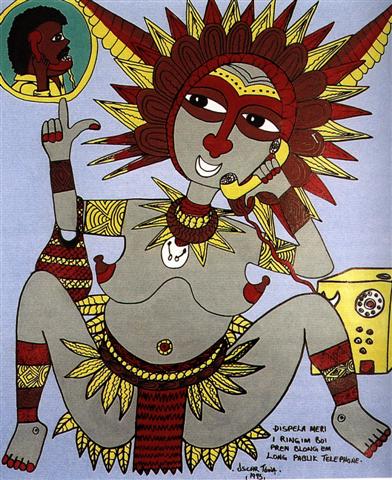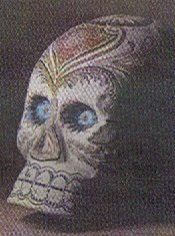|
ADDENDA
222.8 Once again.
Much evidence points at the necessity to incorporate also in the D text some clear sign of where to find 6 'sleeping mats'. And this should be the reason for why there were only 6 glyphs in line Da8.
The creators of Manuscript E might have read the text on the D tablet. And accordingly the rooster (moa) calling out when King Hotu A Matua fell on his face (like so many other stone statues - moai - before him) meant a new king had to be installed (created), hakaariki. ... The king arose from his sleeping mat and said to all the people: 'Let us go to Orongo so that I can announce my death!' The king climbed on the rock and gazed in the direction of Hiva, the direction in which he had travelled (across the ocean). The king said: 'Here I am and I am speaking for the last time.' The people (mahingo) listened as he spoke. The king called out to his guardian spirits (akuaku), Kuihi and Kuaha, in a loud voice: 'Let the voice of the rooster of Ariana (→ Arianrhod → Gemma, α Cor. Bor. → St John's Day) crow softly. The stem with many roots (i.e., the king) is entering!' The king fell down, and Hotu A Matua died. Then all the people began to lament with loud voices. The royal child, Tuu Maheke, picked up the litter and lifted (the dead) unto it. Tuu Maheke put his hand to the right side of the litter, and together the four children of Matua picked up the litter and carried it. He and his people formed a line and went to Akahanga to bury (the dead) in Hare O Ava. For when he was still in full possession of his vital forces, A Matua had instructed Tuu Maheke, the royal child, that he wished to be buried in Hare O Ava. They picked him up, went on their way, and came to Akahanga. They buried him in Hare O Ava ... The death of king Hotu was, however, not told in Manuscript E, it came from other sources (The Eighth Island, p. 218). And as if by coincidence there were 16 glyphs defined for the first line on side b of the D tablet:
6 + 16 = 22 → π: ... About Carmenta we know from the historian Dionysus Periergetis that she gave orcales to Hercules and lived to the age of 110 years. 110 was a canonical number, the ideal age which every Egyptian wished to reach and the age at which, for example, the patriarch Joseph died. The 110 years were made up of twenty-two Etruscan lustra of five years each; and 110 years composed the 'cycle' taken over from the Etruscans by the Romans. At the end of each cycle they corrected irregularities in the solar calendar by intercalation and held Secular Games. The secret sense of 22 - sacred numbers were never chosen haphazardly - is that it is the measure of the circumference of the circle when the diameter is 7. This proportion, now known as pi, is no longer a religious secret; and is used today only as a rule-of-thumb formula, the real mathematical value of pi being a decimal figure which nobody has yet been able work out because it goes on without ever ending, as 22 / 7 does, in a neat recurring sequence [3.142857142857 ...]. Seven lustra add up to thirty-five years, and thirty-five at Rome was the age at which a man was held to reach his prime and might be elected Consul ...
There seems to have been a design which required 91 days (= 364 / 4) to be remaining after Da8-1.
|
||||||||||||||||||||||||||||||||||||||||||||||||||||||||||||||||||||||||||||||||||||||||||||||||||||||||||||||||||||||||||||||||||||||||||||||||||||||||












